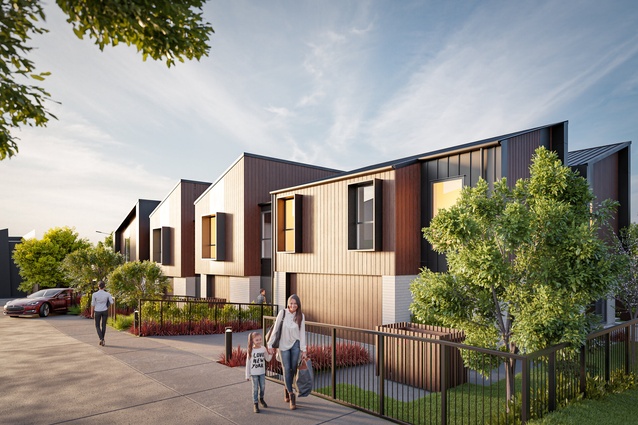[ad_1]
The NSW government is planning to roll its two state environment planning policies into one in an effort to “reduce complexity without reducing rigour.”
The 20-year-old SEPP 65, which provides guidelines the design quality of apartment buildings, and 2004 SEPP BASIX (Building Sustainability Index), would be folded into a new Design and Place SEPP. The combined policy is now on exhibition for public comment.
A focus of the new policy, according to the government, will be to encourage good design across neighbourhoods and throughout public spaces, in comparison to the current policies that are more focused on outcomes for individual buildings.
“The proposed policy helps shift our thinking away from only designing beautiful buildings to designing beautiful neighbourhoods,” planning minister Rob Stokes said.
“Under the proposal, new developments will now have to show how they respond and contribute to the surrounding area. We want to create places that have beauty and character; that are green, liveable and bring people together with access to open space and active transport connections.”
The explanation of intended effect for the policy lays out a number of other aims behind the move, including facilitating ecologically sustainable development and establishing Country as a foundation for design and planning.
A number of specific proposals are put forward, including new targets to retain or increase the provision and diversity of public space across NSW and a baseline residential density target in urban areas.
The Design and Place SEPP also proposes that a registered architect would be required for all buildings with three or more storeys and for all multiresidential buildings with four or more dwellings. A registered landscape architect would be required for all open spaces of more than 1,000 square metres.
NSW Government Architect Abbie Galvin is overseeing development of the policy.
“This will guide us all to design and prioritize healthy places for people, community and country,” she said.
“Design is about people, our shared history and our future. This policy will help integrate the things we value about the design of our local communities and our cities.
“It is about including considerations like character, heritage, quality public spaces, thriving local areas that we can access easily, tree-lined walkable streets, parks, environmentally sensitive buildings and spaces into policy that’s easily understood.”
The explanation of intended effect is on exhibition until 31 March.
[ad_2]
Source link










